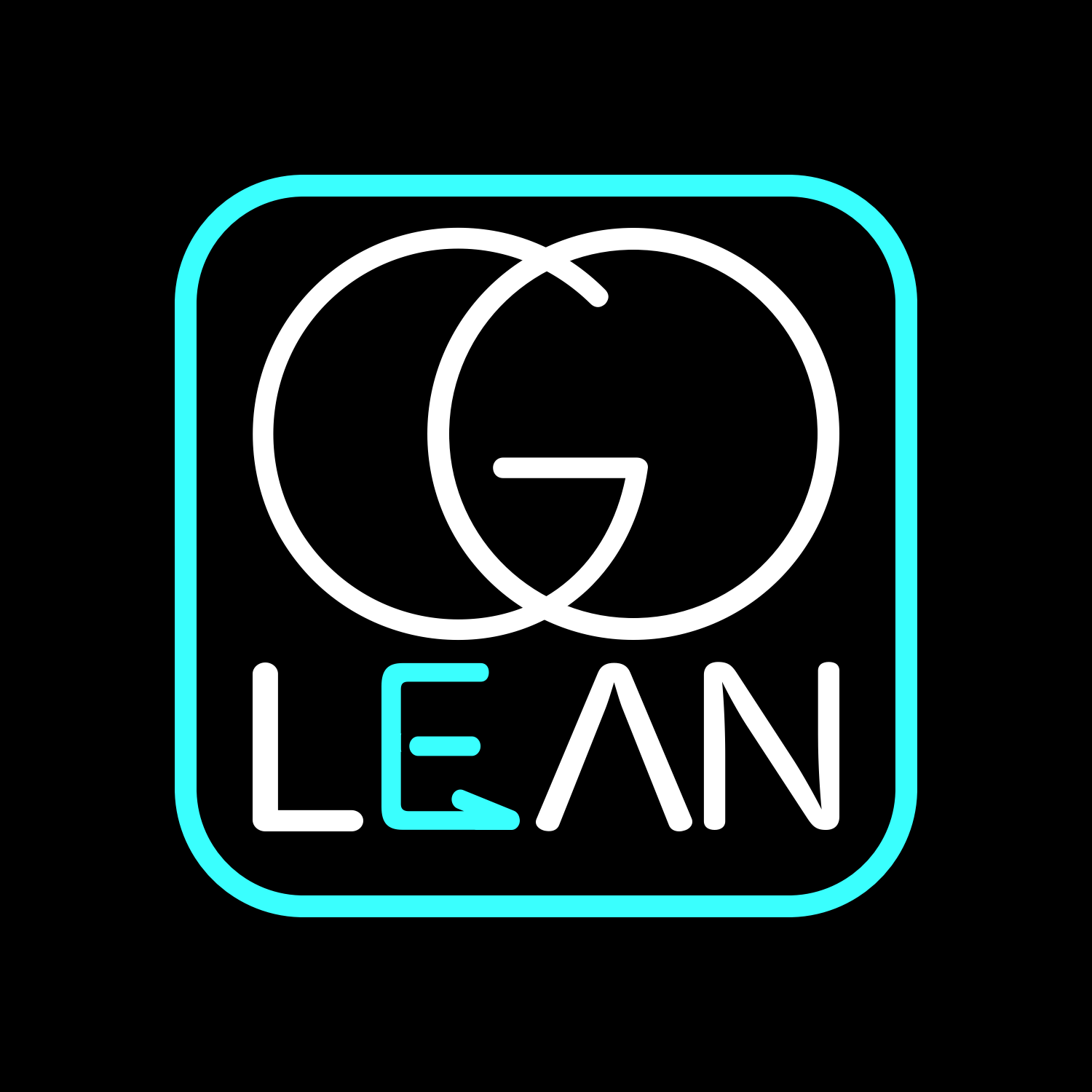Successful Proof Test of 1,500kg EMOVEFORK
- igolean

- Jan 19
- 3 min read
The team carried out another successful proof test and customer witness. We proof test all new designs to comply with standards and ensure that your equipment performs reliably and is capable of withstanding environmental effects, wear over time and even incorrect use to a defined margin.

The proof test was carried out on site at our independent prof test provider. This is the culmination of over two years of development of the EMOVELIFT platform, a range of highly manoeuvrable products providing, safe, efficient and electric means of lifting, moving and manipulating of your products or loads in your processes.

The Importance of Proof Testing for Machinery
In today's fast-paced industry, safety and efficiency go hand in hand. Proof testing of lifting machinery has become essential in many sectors. It’s all too easy to overlook this vital process, making it critical to understand its importance. Proof testing is not merely about meeting legal standards—it is about ensuring that machinery and lifting equipment works reliably and safely.
Understanding Proof Testing
Proof testing verifies the integrity and performance of lifting machinery by simulating the conditions it will face during regular use. This testing involves applying a predetermined load, often exceeding its normal operating capacity. For example, a machine rated for a maximum load of 10 tons may be tested with a load of 15 tons or 150% of its capacity, to ensure it can handle real-world demands confidently.
Why Proof Testing is Necessary
Lifting machinery faces various threats over time, such as wear, fatigue, and environmental conditions. Proof testing identifies these weaknesses in the design before they result in serious accidents when the product is launched. By conducting proof tests, companies not only meet legal obligations but also significantly improve the safety of the operations, protecting both employees and assets.
The Proof Testing Process
Pre-Testing Preparations
Before conducting proof testing, the operators check the proof test procedure and set up the test area and equipment. A thorough inspection of the machinery to be tested is essential. This inspection assesses the equipment’s condition, focusing on visible damage such as cracks or corrosion that could impact test results. Operational evaluations—checking fluid levels, functionality, and control systems are also crucial.
Conducting the Test
During the test, the machinery is subjected to the "proof load." This load is normally set at 125% of the rated capacity. The test lasts between 3 to 5 minutes. Continuous monitoring during this phase is critical. Operators watch for signs of deformation, noise, or stress that could indicate problems.
Post-Testing Evaluation
After the test, a detailed inspection is conducted. This examination looks for signs of damage, including cracks or deformation. For instance, 80% of equipment that shows visible signs of wear during testing may require immediate design adjustments. This step is crucial in determining the machinery’s operational viability.
Enhancing Safety Standards
Regular inspections and testing significantly improve safety standards. For instance, organisations that implement routine testing report a 40% reduction in workplace accidents relate to lifting equipment. A well-tested machine gives operators confidence, knowing it can handle the loads safely.
Compliance with Regulations
Occupational health and safety regulations in many areas require regular testing and inspections for lifting machinery. Adhering to these regulations can prevent costly fines and legal issues. Compliance also builds trust with clients and partners, showcasing a commitment to safety.
Extended Equipment Lifespan
Organisations that invest in regular maintenance, testing and inspection can extend the lifespan of their lifting equipment. Findings from a recent study indicate that consistent testing and timely maintenance can prolong equipment life by up to 30%. Early identification of issues allows for proactive maintenance, reducing the risk of catastrophic failures.
Innovations in Proof Testing
The future of proof testing is bright, with technology setting the stage for impressive changes. The rise of automation and digital monitoring systems enhances how tests are conducted. Real-time data from sensors can inform operators during the tests, allowing for better decision-making and traceability.
Final Thoughts
Proof testing of lifting machinery is much more than a regulatory requirement; it is a cornerstone of safety and equipment reliability. By establishing a thorough proof testing program, organizations can mitigate risks, achieve compliance, and enhance their operational efficiency. As industries evolve, continually refining testing methods will be essential for the development of safe and effective lifting machinery.



Comments